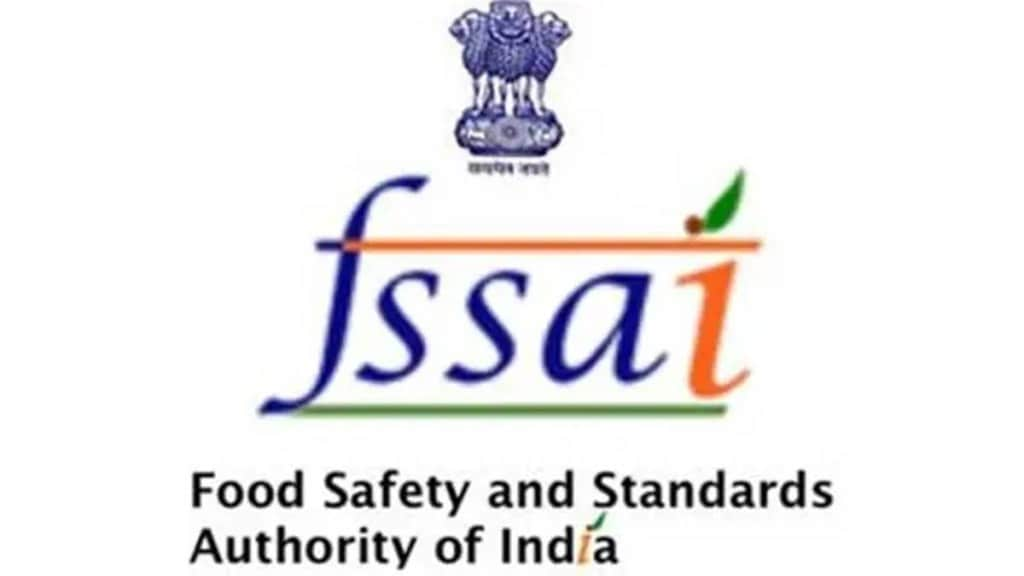The Food Safety and Standards Authority of India (FSSAI) has denied recent media reports alleging that it sanctioned higher pesticide residues in herbs and spices.
Describing these reports as “false and malicious”, the food safety regulator, via a press release, affirmed that India maintains one of the most rigorous standards for Maximum Residue Limits (MRLs) globally.
The MRLs for pesticides are set individually for different food commodities based on comprehensive risk assessments. In India, pesticide regulation falls under the purview of the Ministry of Agriculture and Farmers Welfare (MoA and FW) through the Central Insecticide Board and Registration Committee (CIB and RC) established under the Insecticide Act of 1968.
These bodies oversee the manufacturing, importation, transportation, and storage of pesticides, and accordingly, decide on pesticide registration, bans, or restrictions.
The Scientific Panel on Pesticide Residues of the FSSAI evaluates data received from CIB and RC and recommends MRLs after conducting risk assessments that consider dietary consumption patterns of the Indian population and health concerns across all age groups.
According to ANI, India currently has over 295 registered pesticides, with 139 authorized for use in spices. Codex, an international food standards body, has adopted 243 pesticides, of which 75 are applicable to spices.
Each pesticide is registered for multiple food commodities with varying MRLs based on risk assessment data. For instance, Monocrotophos, a pesticide, is permitted with different MRLs on various crops like Rice, Citrus fruits, Coffee beans, and Cardamom.
FSSAI emphasized that MRLs are subject to regular revisions based on scientific evidence, aligning with global standards and ensuring validity and compliance with the latest findings and international norms. This dynamic approach aims to maintain food safety standards in India.
(With ANI inputs)

